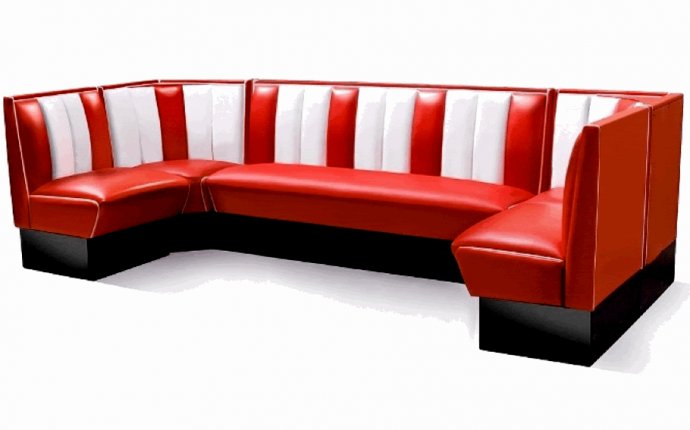
Retro Furniture
What is retro style furniture? We often hear the phrase, "That's so retro!" and the same goes for the furniture/design industry. Retro furniture belongs to, or has the look of having been made in the decades between the 1950s and the 1980s.
The word retro signifies looking backward. When designers, manufacturers and customers speak about retro furniture, we are referring to a style of furniture that looks back with nostalgia and pays homage to styles that were popular in the past.
Namely, retro furniture was popular in the decades of 1950s, 1960s, 1970s. Recently, the industry has added the 80s to the list.
When you ask "What is retro style?" you should expect to see authentic furnishings produced in the past. In recent years, though, you will also find newly made furniture that was produced to have a retro look. Retro implies a recent past, though, according to modern definitions of the word.
The concept of being retro, though, differs from the idea of nostalgia. With nostalgia, looking to the past brings up positive feelings and evokes memories reminiscent of a certain time or place. Retro, especially when it comes to furniture, can evoke negative emotions. People may wonder why they ever had a shag rug, which was popular in the 1960s but not in modern times. In fact, a particular item that is retro may solely have defined an era, while others have evolved into our modern, everyday furnishings.
What is Retro Furniture, Exactly?
Retro style can be whimsical, it can allude to pop-culture and even be tacky or kitschy. It can have nods to trends in pop culture, fashion, graphic design, natural resources, or current events. This is what retro furniture is; it's anything but classic.
Furniture from the 1950s showed the influence of modern furniture growing.
Sleek furniture with a slender profile was placed against boldly patterned wallpapers and fabrics. Retro style furniture of the 1950s included diners with Formica-topped tables and chrome bar stools reminiscent of the set of "Back to the Future" when they show scenes in the diner.
The next decade, the 1960s, was more playful in terms of structure, patterns and style. It was when psychedelic patterns and splashes of color were mainstream. Low coffee tables and sideboards were still popular, but you also saw furnishings such as one-piece molded or blow-up chairs.
During the 1970s, furniture began to lose its sleek quality and started to become a bit bulkier and chunky. Avocado greens, harvest golds, oranges and earthy browns dominated the color palettes of furniture and accompanying decor.









